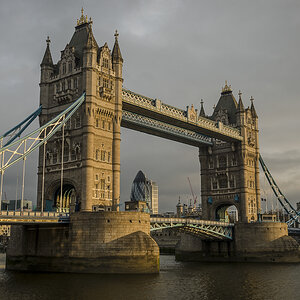shingfan
TPF Noob!
- Joined
- Dec 29, 2006
- Messages
- 569
- Reaction score
- 0
- Location
- Toroto, ON
- Can others edit my Photos
- Photos OK to edit
say i use a 50mm at f/2.0 to take a shot
would i be able to achieve the same DOF using a 200mm at f/4.0?
edit: how do i calculate DOF (focus range) using focal lenght, aperature, and focus point
would i be able to achieve the same DOF using a 200mm at f/4.0?
edit: how do i calculate DOF (focus range) using focal lenght, aperature, and focus point




![[No title]](/data/xfmg/thumbnail/34/34118-1c18899050bfacc1ed25ac6c1740422b.jpg?1619736288)


![[No title]](/data/xfmg/thumbnail/37/37631-1af996afcca522b3c5490538125d9599.jpg?1619738155)





![[No title]](/data/xfmg/thumbnail/37/37629-fa70c9f81cc7da4d6a9b512502f9bf84.jpg?1619738155)